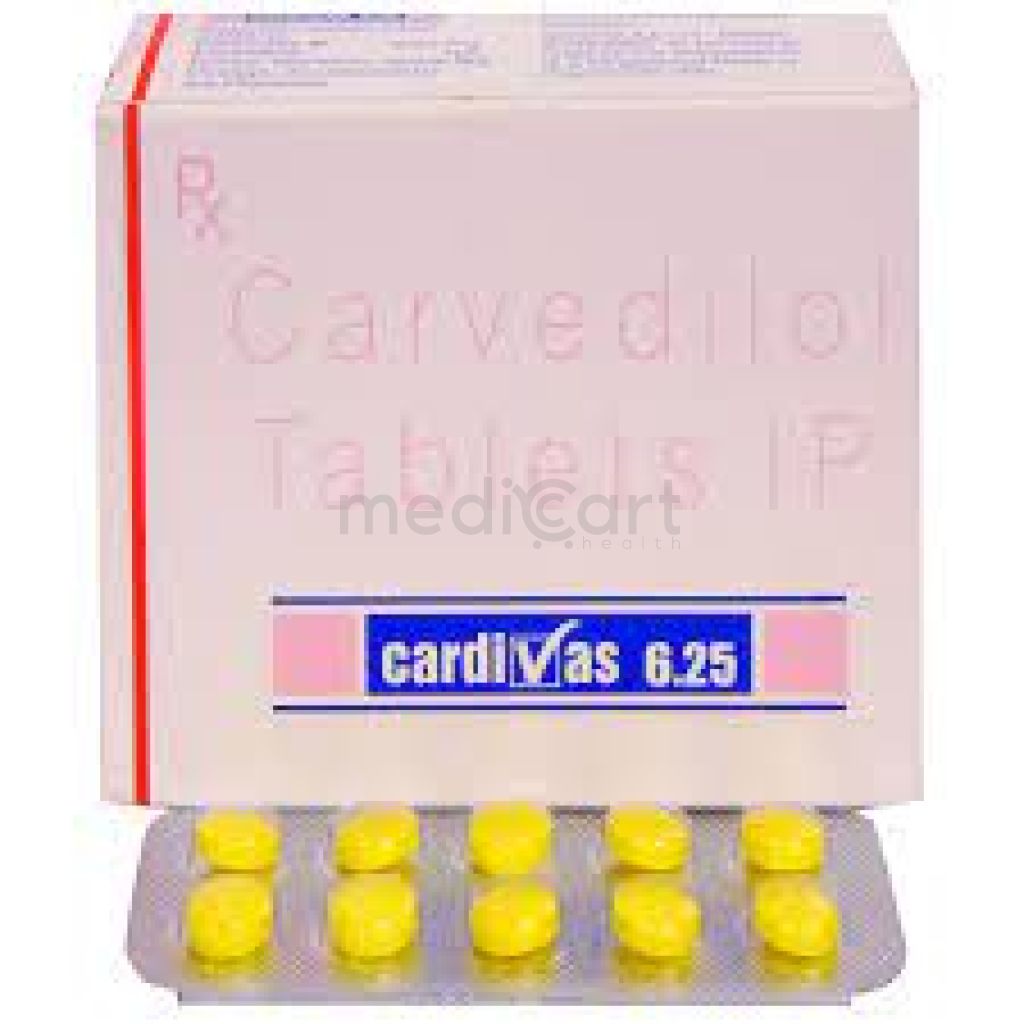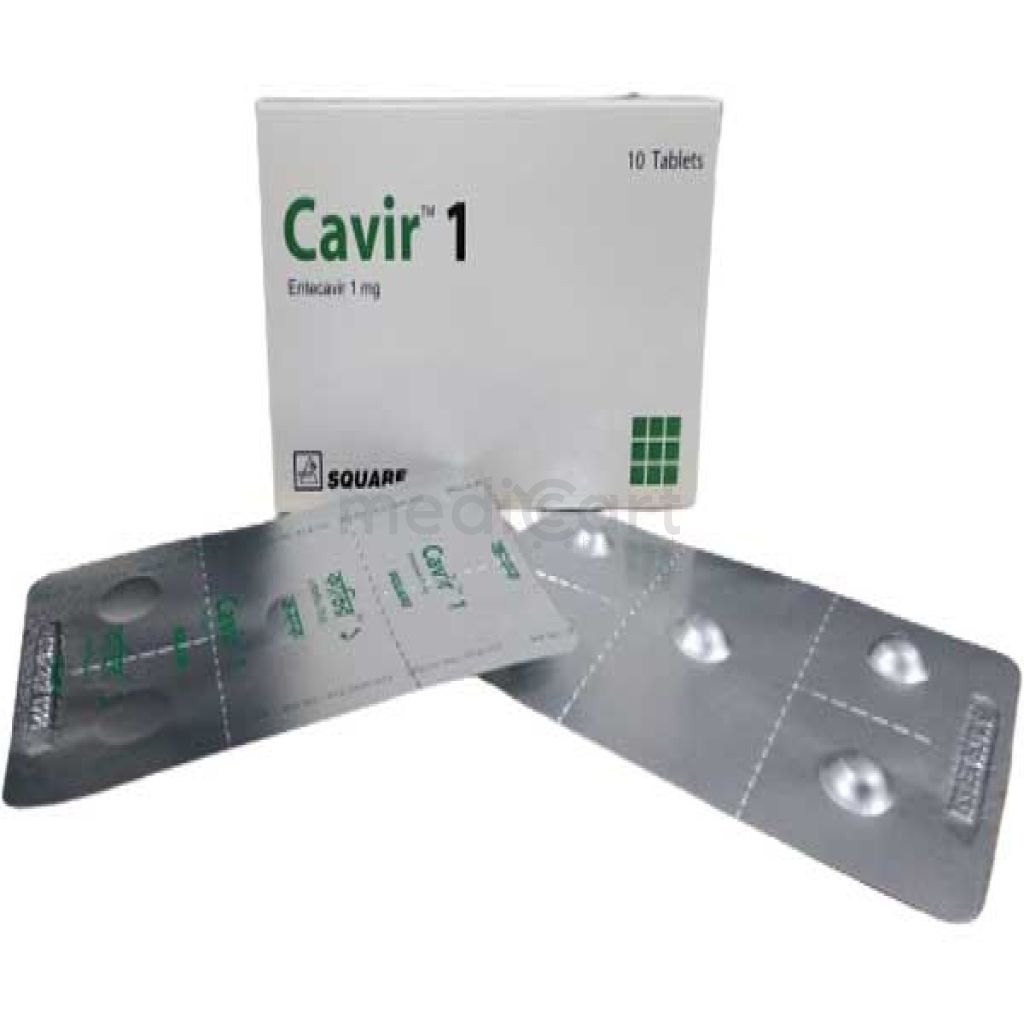

Ucardol 6.25 mg Tab
Tablet* Delivery will be done in Dhaka city only.
Alternative Product
More Information About - Ucardol 6.25 mg Tab
Description
Generic Name
Carvedilol
Precaution
Avoid abrupt withdrawal as it may precipitate thyroid storm or exacerbate hyperthyroidism. Liver injury; vascular disease, renal failures, suspected phaeochromocytoma and prinzmetal's variable angina; worsening cardiac failure or fluid retention during increase in dosage of carvedilol; diabetic patients. Pregnancy. Lactation: Unknown whether drug is excreted in milk; not recommended
Indication
Hypertension, Congestive heart failure, Myocardial infarction, Left ventricular dysfunction, Angina pectoris
Contra Indication
Hypersensitivity; severe chronic heart failure, bronchial asthma or related bronchospastic conditions; severe hepatic impairment. Patients with NYHA class IV cardiac failure, 2nd or 3rd ° AV block, sick sinus syndrome (unless a permanent pacemaker is in place), cardiogenic shock or severe bradycardia. Lactation.
Dose
N/A
Side Effect
>10% Dizziness (2-32%),Fatigue (4-24%),Hypotension (9-20%),Weight gain (10-12%),Hyperglycemia (5-12%),Diarrhea (1-12%) 1-10% Bradycardia (2-10%),Nausea (2-9%),Cough (5-8%),Headache (5-8%),Atrioventricular block, edema (1-7%),Angina (1-6%),Hpercholesterolemia (1-4%),Hypertriglyceredemia (1%),Vomiting (1-6%),Dyspnea (>3%),Syncope (3%),Rhinitis (2%) Frequency Not Defined Hypertension,Palpitations,Insomnia,Somnolence,Skin rash,Hepatotoxicity,Impotence,Bronchospasm,Rales,Depression,Decreased exercise tolerance,Raynaud phenomenon,Increased triglyceride levels and insulin resistance with decreased high-density lipoprotein (HDL) levels
Pregnancy Category
Name : Not Classified
Description
FDA has not yet classified the drug into a specified pregnancy category.Mode of Action
Carvedilol is a nonselective beta-adrenoreceptor and alpha-adrenergic blocking activity. It exerts antihypertensive effect partly by reducing total peripheral resistance and vasodilation.
Interaction
Decreased serum levels w/ rifampicin. Combination w/ Ca channel blockers (e.g. verapamil and diltiazem) can lead to bradycardia and myocardial depression. Potentiates insulin-induced hypoglycaemic action. May increase hypoglycaemic effects of antidiabetic agents. Increased risk of bradycardia w/ digoxin. Increased risk of hypotension and bradycardia w/ reserpine, MAOIs, clonidine. May increase ciclosporin concentrations. Concurrent use w/ ether, cyclopropane, trichloroethylene may increase the risk of hypotension and heart failure.
Pregnancy Category Note
Pregnancy Available data in pregnant women are insufficient to determine whether there are drug-associated risks of adverse developmental outcomes; there are risks to mother and fetus associated with poorly controlled hypertension in pregnancy; the use of beta blockers during third trimester of pregnancy may increase risk of hypotension, bradycardia, hypoglycemia, and respiratory depression in neonates; in animal reproduction studies, there was no evidence of adverse developmental outcomes at clinically relevant doses; observe newborns for symptoms of hypotension, bradycardia, hypoglycemia, and respiratory depression and manage accordingly Hypertension in pregnancy increases maternal risk for pre-eclampsia, gestational diabetes, premature delivery, and delivery complications (e.g., need for cesarean section and post-partum hemorrhage); hypertension increases fetal risk for intrauterine growth restriction and intrauterine death; pregnant women with hypertension should be carefully monitored and managed accordingly Lactation There are no data on presence of carvedilol in human milk, effects on breastfed infant, or on milk production; drug is present in the milk of lactating rats; developmental and health benefits of breastfeeding should be considered along with mother’s clinical need for therapy and any potential adverse effects on breastfed infant from treatment or from underlying maternal condition
Adult Dose
Congestive Heart Failure Immediate release 3.125 mg PO q12hr for 2 weeks, then increased every 2 weeks as tolerated to 6.25 mg, 12.5 mg, or 25 mg PO twice daily Maximum recommended dosage (mild-to-moderate heart failure): <85 kg, 25 mg PO q12hr; >85 kg: 50 mg PO twice daily Maximum recommended dosage (severe heart failure): 25 mg PO twice daily Extended release 10 mg/day PO; maintained for 1-2 weeks if tolerated; may be increased to 20 mg/day, 40 mg/day, or 80 mg/day PO if necessary Hypertension Immediate release: 6.25 mg PO twice daily initially; after 7-14 days, increased as tolerated, first to 12.5 mg PO twice daily and then to 25 mg PO twice daily Extended release: 20 mg/day PO; maintained for 1-2 weeks if tolerated; may be increased to 40 mg/day PO if necessary; not to exceed 80 mg/day PO Left Ventricular Dysfunction Following Myocardial Infarction Immediate release: 3.125-6.25 mg PO q12hr initially; after 3-10 days, increased as tolerated, first to 12.5 mg PO q12hr and then to 25 mg PO q12hr (target dosage) Extended release: 10-20 mg/day PO; increased every 3-10 days as tolerated up to 80 mg/day PO (target dosage) Angina pectoris 25-50 mg PO twice daily Hepatic impairment: Contraindicated in severe liver impairment
Child Dose
Safety and efficacy not established
Renal Dose
Renal impairment: No dosage adjustments necessary
Administration
Should be taken with food.
Disclaimer
The information provided herein are for informational purposes only and not intended to be a substitute for professional medical advice, diagnosis, or treatment. Please note that this information should not be treated as a replacement for physical medical consultation or advice. Great effort has been placed to provide accurate and comprehensive data. However, Medicart along with its authors and editors make no representations or warranties and specifically disclaim all liability for any medical information provided on the site. The absence of any information and/or warning to any drug shall not be considered and assumed as an implied assurance of the Company.










